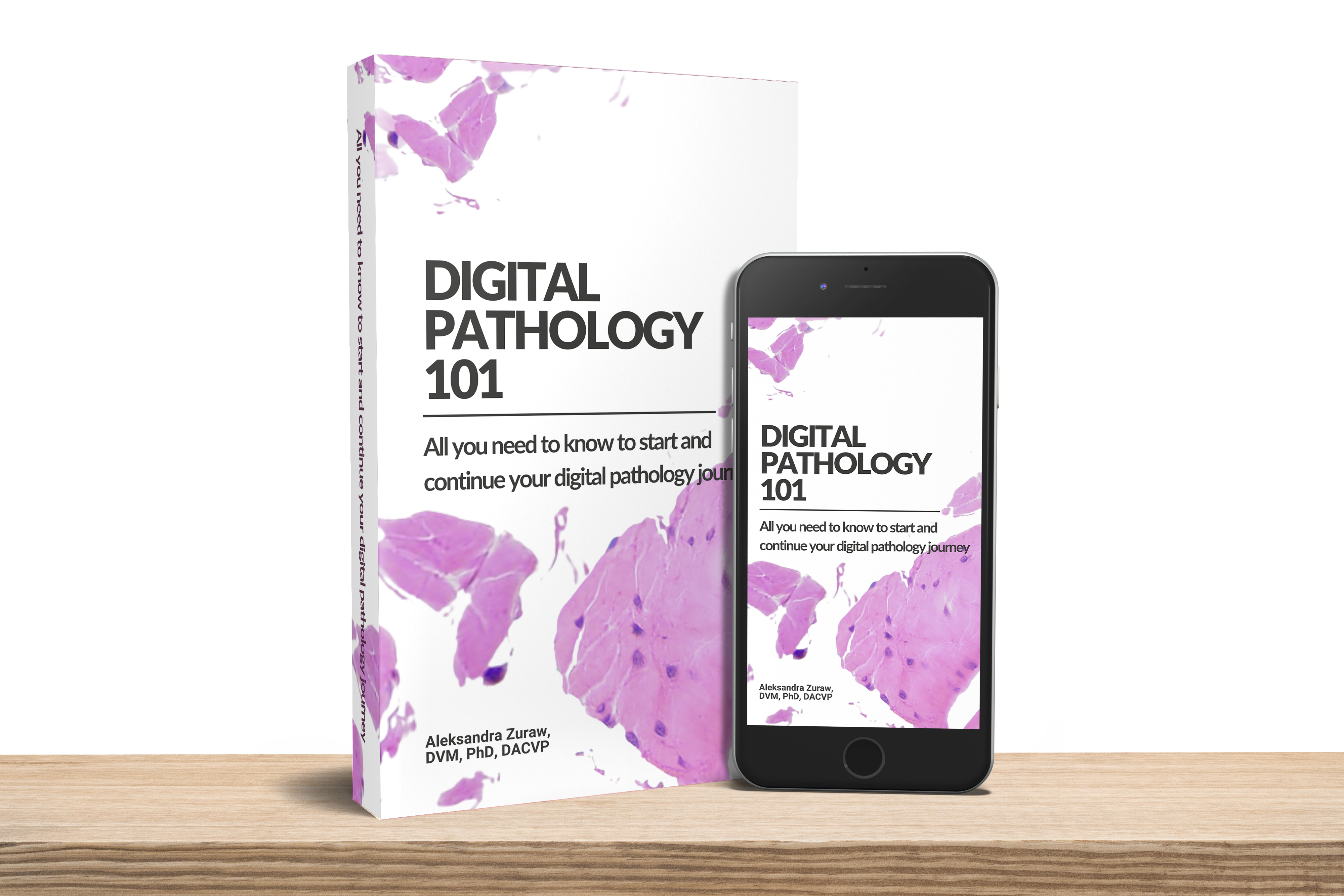This episode is brought to you by Visiopharm
Implementing digital pathology into clinical practice is a big endeavor and a decision not taken lightly by pathology laboratories. Today’s guest, Dr. Ralf Huss, the chairman of Visiopharm’s advisory board explains:
- what the biggest benefits of going digital are
- how to start
- and why pathologists will be forced to accept the digital transformation.
Currently, the two greatest benefits of digital pathology which can be taken advantage of by every pathology practice are
- telepathology, enabling access to remote experts,
- and the ability to deal with complex biomarkers which can be tackled by image analysis and supported by access to experts and reference centers.
New biomarkers are being detected by very complex assays and digital pathology, especially its image analysis component, gives pathologists the ability to standardize the reading and reporting of such assays, which directly benefits the patients. This reduces the inter-and intra-pathologist variability and translates into consistent treatment decisions and quantitative data. The biomarker assessment is especially complicated in the field of immune-oncology and in this field image analysis is often the go-to evaluation method.
Going digital in a pathology lab can be a complex and daunting process. When starting the digital pathology journey, there are no “low hanging fruits” and the decision where to start depends on the needs and the availability of tools in each lab. The journey however should always start with a detailed plan and clear definition of goals and supporting action items.
Regarding digital pathology hardware and software, the market is saturated with great standalone products, but the key to helping labs go digital is to provide tools that are interoperable and can be immediately plugged into a functioning pathology workflow. All hospitals and pathology laboratories already use a lab information management system (LIMS) and have a functioning IT infrastructure as well as other tools that are there to stay. The new tools need to have an open interface and be interoperable with the old ones. Only this approach will grant the vendors success.
Even though the tools for digitalization of pathology have been available already for over two decades, only few institutions went fully digital and the lack of interoperability of the new and old pathology systems plays a major role in slowing down the digitalization process.
For most institutions going “fully digital”, defined as the entire workflow having accessible digital information attached to its every step, will not be immediately possible. The transition will happen slowly, as an evolution rather than a revolution and the interoperability of digital pathology systems with the rest of laboratory equipment and infrastructure will play an important role in deciding whether to go digital soon.
For now, some labs can decide to stay analog and still thrive, however, in the long run, the advances in medicine themselves will force pathologists to go digital. As the disease biomarkers get more and more complex, pathologists will require more and more help from image analysis and advanced analytic tools. However, to be truly helpful, these tools need to be user-friendly, robust, and standardized.
Visiopharm is striving to provide such tools and with its image analysis solutions, the company is aspiring to be a part of an integrated pathology workflow and support pathologists where they currently are.
To learn more about Visiopharm and its offer visit https://visiopharm.com/

















